News
News Articles
Viewing items with Category: All Categories, Year: All Years
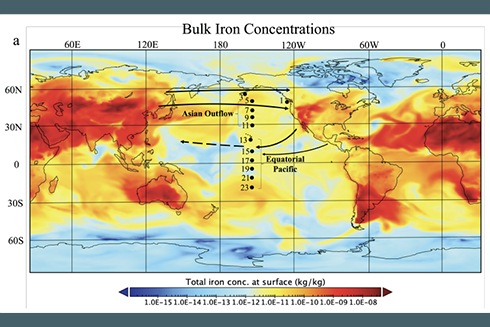
The influence of California’s wildfires on marine trace metals
Zach Bunnell, a doctoral student in the lab of Tim Conway, is the lead author on a paper published in Geophysical Research Letters. The paper found that iron from wildfires in California makes it to the equatorial pacific, where it may influence surface productivity.
February 5, 2025Publication Highlights
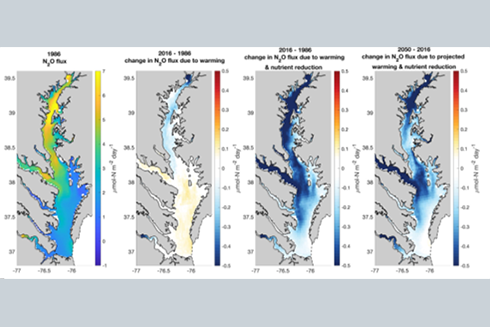
Nutrient management is effective to reduce nitrous oxide emissions in a large estuary
In a recent article in Science Advances, Weiyi Tang, assistant professor of chemical oceanography at the College of Marine Science, demonstrates that nutrient management not only improves water quality but also has the potential to reduce greenhouse gas emissions.
January 6, 2025Publication Highlights
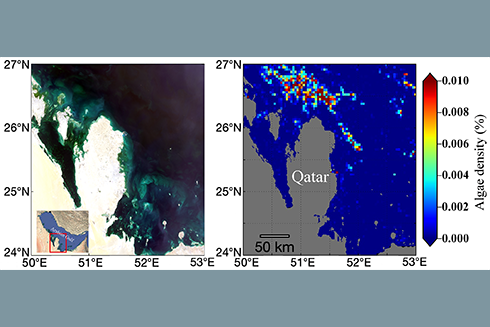
Revealed by satellites: Long-term trends of coastal water quality in Qatar
In a recent article, members of the Optical Oceanography Lab used satellite observations to track changes to coastal water quality in Qatar, where a fast-growing economy comes with environmental challenges.
September 16, 2024Publication Highlights
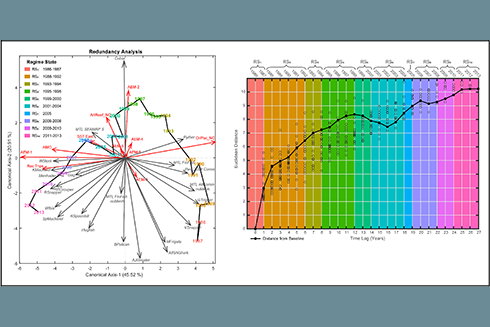
The Humpty Dumpty fish tale of the U.S. Gulf of Mexico
In a recent paper, Joshua Kilborn modelled the Gulf of Mexico fishery ecosystem trends and trajectory over time and better understand the factors that influenced their evolution.
July 8, 2024Publication Highlights
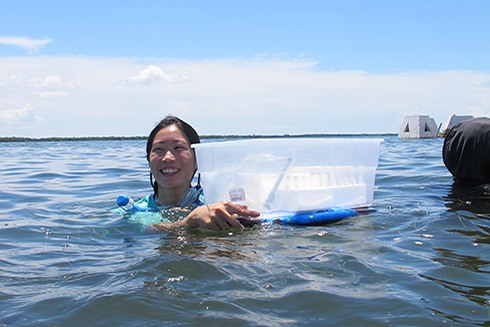
Investigating the geographic distribution of a seagrass virus
Turtlegrass virus X (TVX), which infects the seagrass Thalassia testudinum (turtlegrass), is the only potexvirus known to infect marine flowering plants.
June 24, 2024Publication Highlights
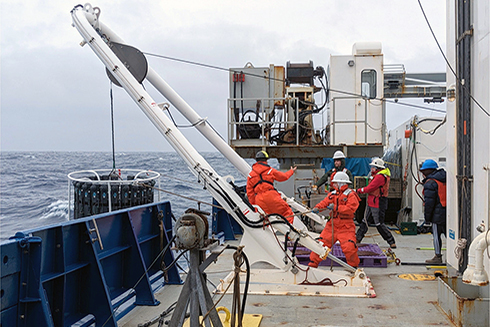
How GEOTRACES helped unlock secrets of marine trace elements
GEOTRACES has been an international effort to better understand the role of marine trace elements and determine their distributions in the ocean.
June 12, 2024News, Publication Highlights

Seagrass areal cover in Tampa Bay over the last 30 years (1990- 2021) observed by satellites
Tampa Bay seagrasses have experienced historical declines, but improvements in water quality over the past 30 years are promoting recovery.
September 28, 2023Publication Highlights

Researchers propose a global observatory to monitor Earth’s biodiversity
The Global Biodiversity Observing System is a proposal designed to improve monitoring efforts of Earth’s biodiversity and, in turn, improve conservation in an age of climate change.
August 25, 2023News, Publication Highlights

Ocean optics illuminates aquatic algae
Large masses of algae in the great Atlantic Sargassum belt and around the world affect local ecosystems and the environment. Satellite imagery, combined with traditional research techniques, is now helping scientists to study them.
July 7, 2023Publication Highlights

From plastic to productive: can air-cushions be repurposed to cultivate algae?
Researchers at University of South Florida envision a creative way to transform plastic waste from your online shopping habit into algae-growing machines.
June 16, 2023Blogs and Perspectives, Publication Highlights

Trace metals in the North Pacific
Tim Conway is really excited about these articles from their North Pacific GEOTRACES work, which was the first NSF funding he received after arriving at CMS.
April 26, 2023Publication Highlights

Obligation to Enhance OBIS Data for Sea- and Shorebirds of the Americas
The family Procellariidae, which includes open-ocean petrels and shearwaters, were documented in the most marine ecoregions.
January 3, 2023Publication Highlights